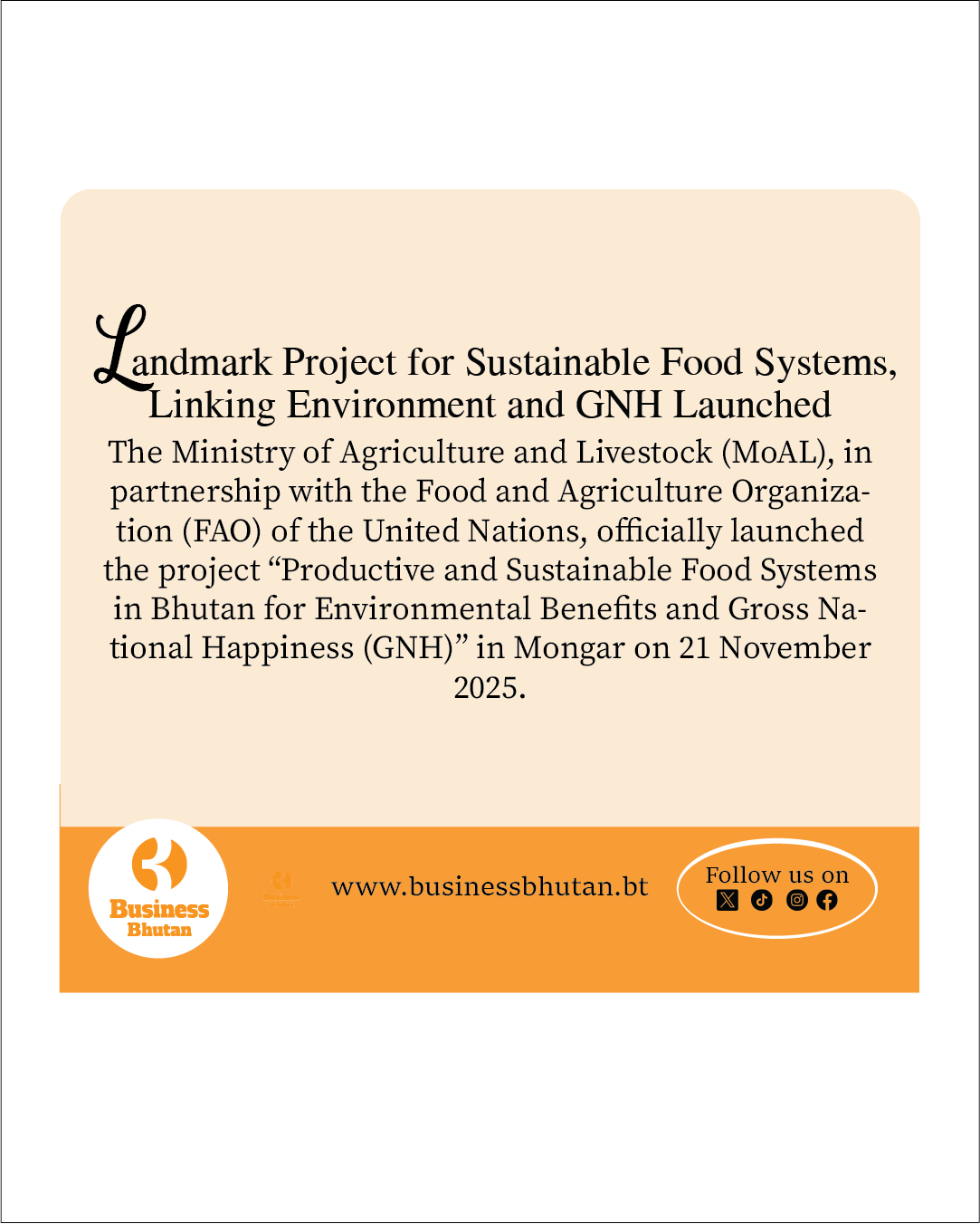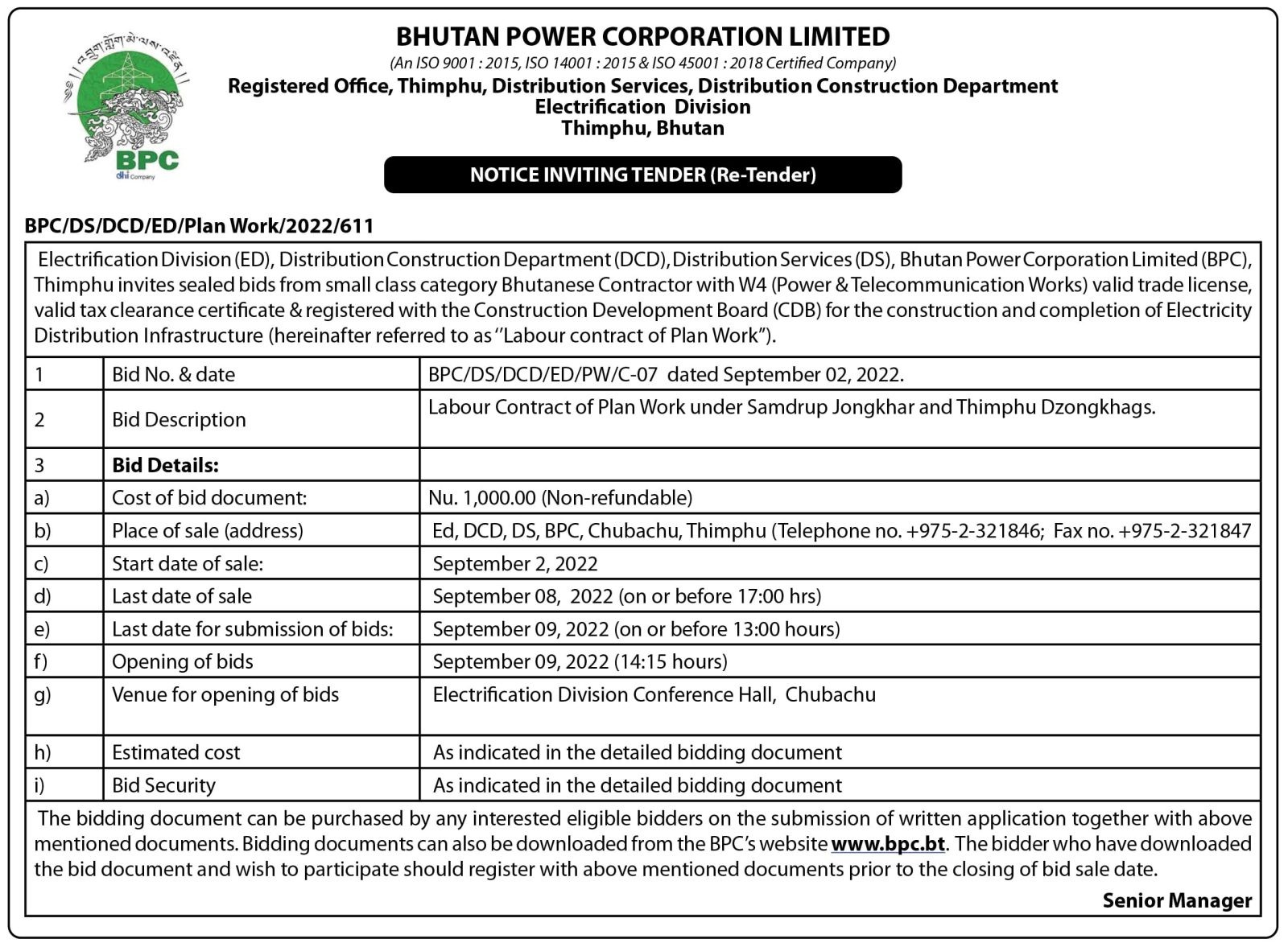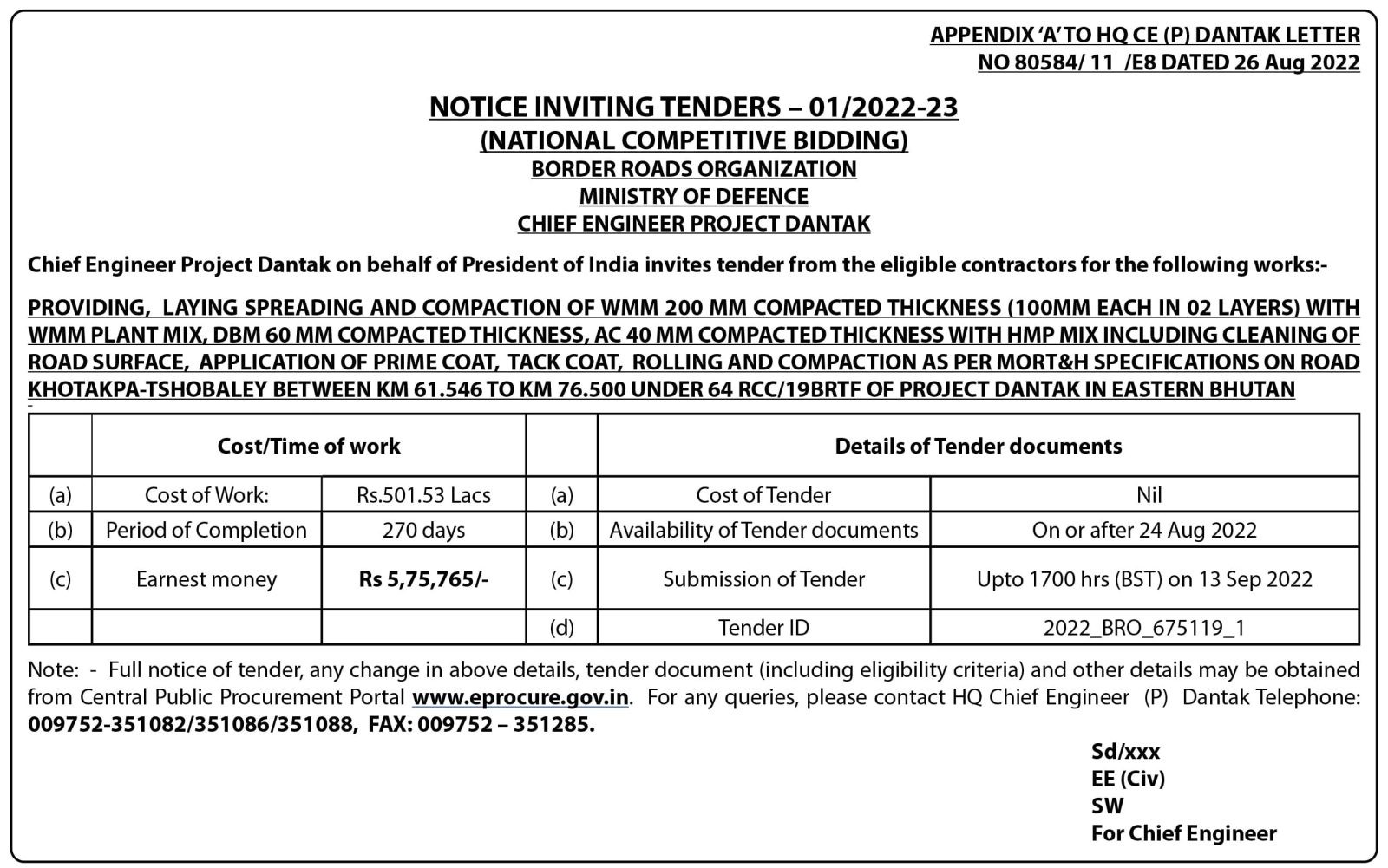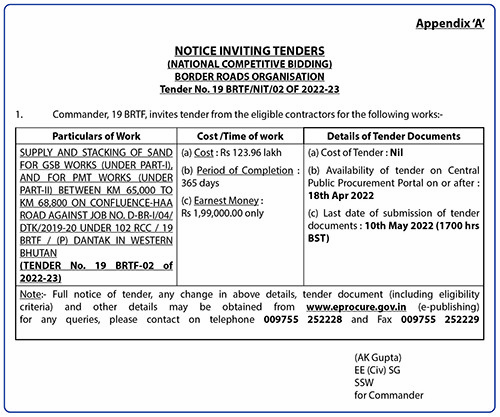In an effort to improve parking management in Thimphu—particularly in high-traffic urban areas—the government is implementing a series of strategic interventions that go beyond digital solutions like the Parking.bt app. These measures are aimed at enhancing parking efficiency and supporting the long-term goal of sustainable urban mobility.
Speaking at the 15th Meet-the-Press (MTP) session, the Minister for Infrastructure and Transport, Chandra Bahadur Gurung, acknowledged the ongoing parking challenges in Thimphu and other densely populated urban centers. “These issues have been recognized in key national policy documents, including the National Transport Policy (2017), the Thimphu-Paro Regional Strategy (TPRS), and the Thimphu Structure Plan (TSP),” the Minister said.
One of the core strategies under the TSP involves optimizing the use of existing parking infrastructure. The government plans to reorganize on-street parking to reduce congestion and encourage greater utilization of facilities such as multi-level parking complexes (MLCPs). The Minister noted that many parking lots, including the MLCPs and the Changlimithang Stadium parking area, are currently operating at only about 50% capacity, signaling underutilization.
To promote more sustainable forms of urban mobility, the government is also planning a significant reduction in on-street parking along key roads such as Norzin Lam and Chang Lam. These reductions will be complemented by the development of nearby off-street and multi-level parking alternatives, particularly in emerging urban centers.
Furthermore, the Minister emphasized that new parking infrastructure should be integrated more thoughtfully into the urban landscape. Parking spaces will be encouraged in basements or at the rear and sides of buildings, while front setbacks with parking will be discouraged—especially in the city core and major employment hubs—to maintain pedestrian-friendly streetscapes.
The government also plans to introduce park-and-ride facilities at strategic entry points in the northern and southern parts of the city. These facilities will be supported by improved wayfinding systems and signage to help drivers locate available parking more easily.
Another reform includes the implementation of variable parking fees, which will differ based on demand across short-, medium-, and long-term parking zones. This approach aims to improve turnover and reduce misuse of public parking spaces. “Currently, some drivers park for the entire day and avoid paying by leaving only after parking attendants finish their shifts,” the Minister remarked, highlighting the need for better fee enforcement.
Looking ahead, the government is committed to shifting urban transport away from private vehicles toward public and non-motorized modes. A dedicated bus corridor linking Ngabiphu and Dechencholing is planned to improve the speed and reliability of public transit, with the goal of increasing bus usage from the current 15% to 44% by 2047. To support this transition, the government will also introduce around 89 new buses into the urban fleet.
Overall, these initiatives form part of a broader vision to make Thimphu more accessible, environmentally sustainable, and livable for its residents.
Sherab Dorji from Thimphu




![Fresh Beginnings: Pasakha Vendors Gear Up for New Vegetable Market - Duplicate - [#16963] Fresh Beginnings: Pasakha Vendors Gear Up for New Vegetable Market - Duplicate - [#16963]](https://businessbhutan.bt/wp-content/uploads/2025/11/Asset-200.png)











